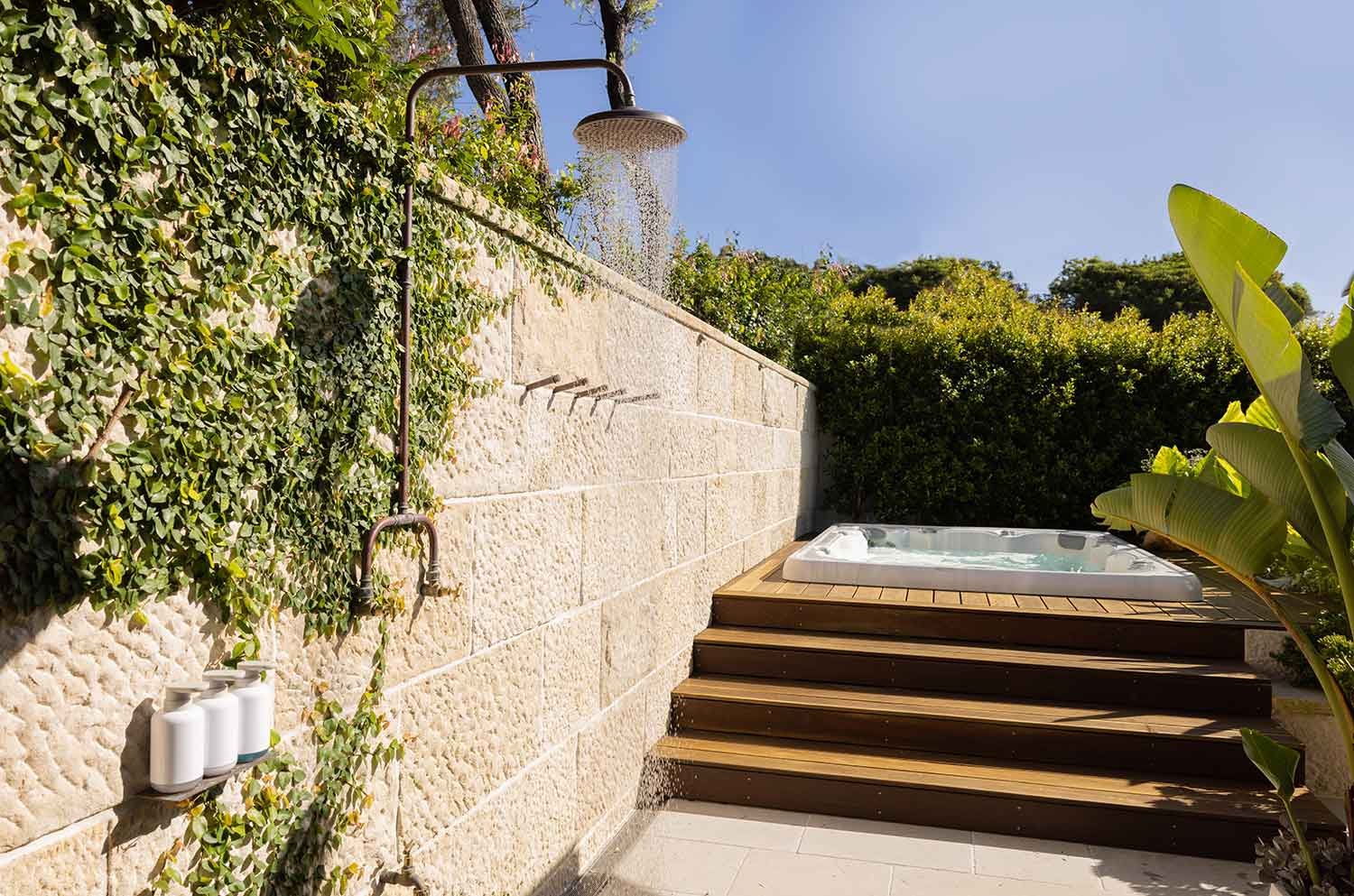How to Choose the Right Materials for Your Retaining Wall in Sydney
Introduction
Choosing the right materials for your retaining wall is crucial for both aesthetics and functionality. In Sydney, where diverse architectural styles and landscapes demand versatile solutions, understanding the best materials for your project is key. This guide will help you navigate the options and make an informed decision, ensuring your retaining wall stands the test of time.
Questions to Consider When Determining the Best Retaining Wall Solution for Your Project:
1 . What is the Height of your retaining wall?
2. Is water diversion important?
3. How important is the aesthetics of the retaining wall?
4. What is your budget?
Popular Retaining Wall Solutions
Concrete Block Retaining Wall
Concrete Block Retaining Walls are the most common type of retaining wall and are suitable for small to large-scale projects and structural support, making them a popular choice for both residential and commercial properties.
Height: Suitable for medium to high retaining walls, reinforced with steel and core-filled with concrete for superior lateral strength.
Water and Drainage: Good for resolving water issues; the back of the wall is waterproofed, and drainage is added to divert water into stormwater systems.
Cost: Higher cost due to the labor and materials required, including excavation, concrete footings, steel reinforcement, block wall core fill, drainage, and wall finishes.
Aesthetics/Finish: Functional but not overly attractive; options include render, topcoat, paint, stone, and/or vegetation to enhance appearance.
Longevity: Provides a long-term solution, lasting over 100 years with proper design and construction.
Design Points: Can be built vertically without a batter, requiring concrete reinforced footings.
Dincel Retaining Walls
Dincel Walls are prefabricated plastic wall cells, offering exceptional structural support and longevity.
Height: Suitable for medium to high retaining walls (1.8m to 7.95m), reinforced with steel and core-filled with concrete.
Water and Drainage: Ideal for water problems as the plastic walls are waterproof; drainage behind the wall diverts water to stormwater.
Cost: Higher due to labour and materials, including excavation, concrete footings, steel reinforcement, core fill, drainage, and finishes.
Aesthetics/Finish: Plastic finish must be dress with render, topcoat, paint, stone and/or vegetation.
Longevity: Lasts over 100 years with proper design and construction.
Design Points: Built vertically without a batter, requiring concrete reinforced footings.
Solid Sandstone Log Gravity Retaining Walls
Solid Sandstone Log Gravity Retaining Walls use large sandstone blocks, offering a cost-effective solution for walls up to 2 meters.
Height: Strong solution for walls up to 2 meters.
Water and Drainage: Not suitable for diverting water; self-draining as water passes between the dry-stacked logs.
Cost: More cost-effective, as no footings or steel reinforcement are needed.
Aesthetics/Finish: Naturally beautiful with unique patterns and colours; expert masonry enhance stone’s natural beauty
Longevity: Lasts over 100 years with proper design and construction.
Design Points: Retains using the weight of the logs; requires a batter and lifting equipment for installation. Stones may be dressed by stonemason.
Solid Sandstone Block Gravity Retaining Walls
Solid Sandstone Block Gravity Retaining Walls use sandstone blocks for walls up to 2 meters.
Height: Suitable for walls up to 2 meters.
Water and Drainage: the back of the wall can be waterproofed and drainage is installed
Cost: Mid to high cost solution
Aesthetics/Finish: Naturally beautiful with unique sizes, shapes, patterns and colours; expert masonry enhances the stones’ natural beauty.
Longevity: Long lasting with proper design and construction, can be subject to movement from trees and roots.
Design Points: Walls can be dry stacked or laid with mortar. Stones can be gently shaped or carefully dressed to create natural to formal designs.
Dry Stacked Stone Walling
Dry Stacked Stone Walls use varying sizes and shapes of stone for simple, low garden walls.
Height: Suitable for low garden walls up to 500mm.
Water and Drainage: Self-draining; not suitable for water diversion.
Cost: Cost-effective stone solution.
Aesthetics/Finish: Naturally beautiful with unique patterns and colours; expertly positioned stones create a beautiful look.
Longevity: Medium-term solution; subject to movement from trees and roots.
Design Points: Installed on a batter, without footings or drainage.
Treated Pine Timber Sleeper Retaining Walls
Timber Sleepers offer a cost-effective solution for retaining walls up to 800mm, with engineered options for greater heights.
Height: Suitable for retaining up to 800mm; engineered options can support greater heights.
Water and Drainage: Drainage can be installed, but water will naturally pass through the wall.
Cost: Quick and inexpensive compared to masonry solutions.
Aesthetics/Finish: Timber greys over time, blending with the landscape; dark stains can add depth.
Longevity: Lasts about 40 years, depending on conditions.
Design Points: Treated to protect against decay and pests; does not require footings.
Advantages of Using Natural Stone for Your Retaining Wall
Natural stone offers a touch of sophistication and unmatched durability.
Aesthetic Value: Unique, elegant look that blends with natural surroundings; sandstone offers beautiful colour variations.
Strength: Hard-wearing and robust, capable of withstanding harsh weather conditions.
Maintenance: Ages gracefully, often looking better over time with little to no maintenance.
Professional Advice
This guide aims to help you understand the factors to consider when selecting the best retaining wall solution for your project. Many other factors, such as access for excavation equipment, existing vegetation, soil composition, groundwater, and local council regulations, should also be considered. Consulting a professional retaining wall builder, like Brick and Stone Construction, ensures you receive tailored advice for your specific needs. Professional installation is crucial for the structural integrity and longevity of your retaining wall.
For high-quality materials, expert advice, and peace of mind, contact Brick and Stone and ensure your retaining wall project in Sydney is a success.


















